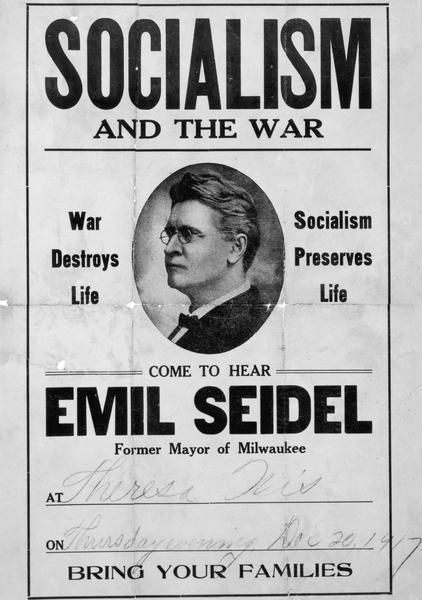
By Lisa Kaiser
Local historian John Gurda is slated to give the second annual Frank P. Zeidler Memorial Lecture tonight on Milwaukee’s Socialist legacy. But he spoke with the Shepherd last week about his thoughts on how the Socialists saved Milwaukee. Here are some of his observations:
Shepherd: What was going on in Milwaukee when the Socialists emerged?
Gurda: They began to run candidates for office in 1898. That was the first year that David Rose was in office [as mayor]. Milwaukee was thoroughly corrupt. It was as bad as Chicago on a bad day. Everything was for sale, which was not atypical. That was the pattern in American politics back in what was called the Gilded Age. Milwaukee was also very heavily industrialized. This was a working-class town. More than half of the male working population would have been engaged in manufacturing of some sort. It was a visibly dirtier city than it is today with coal smoke and just incredible pollution in the rivers. It was also very compact and congested. When you look at the older part of town today there are a lot of open spaces, there has been renewal or removal of some kind. That was not true then. It was cheek by jowl.